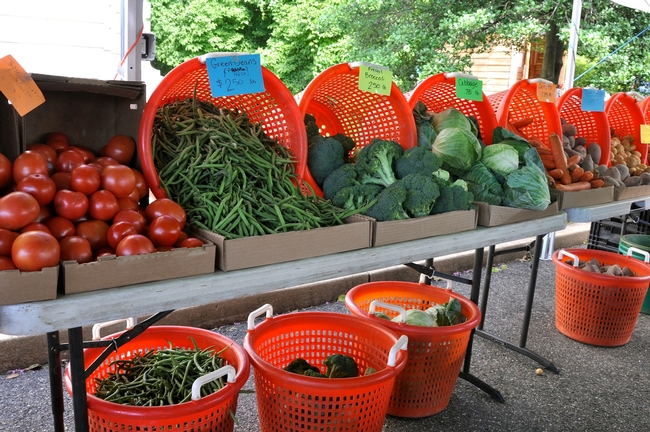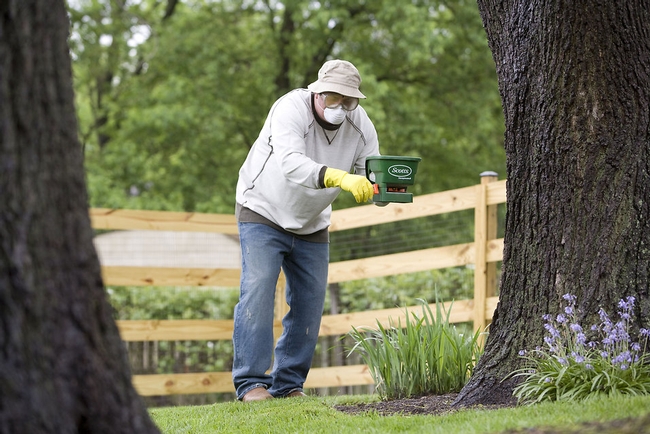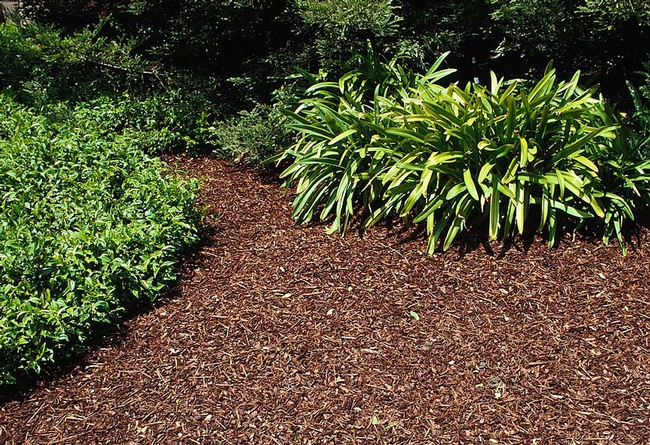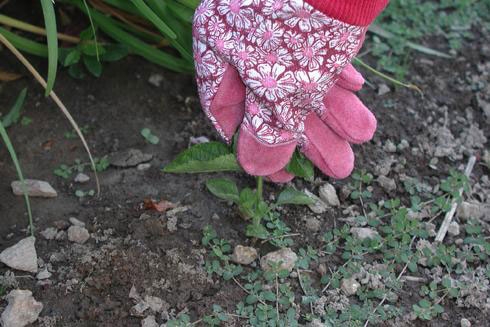Posts Tagged: Missy Gable
Garden therapy during the coronavirus crisis
"Start modestly and in a way that you can manage it,” Gable said. “If you've never done this before, don't transform a quarter acre.”
She recommends beginning by assessing space you have available for gardening - whether in the backyard, front yard or the corner of a balcony.
“Get to know the space, and watch to see how light moves around," Gabe said.
Most plants need about six hours of direct sunlight a day. Then figure out what kind of soil you're dealing with: Is it dry or rocky? Does it have the consistency of clay? Is there good drainage or does the water often pool? None of these results are “bad” or should dissuade you from planting there, but understanding what you're starting with will inform what you do next.
Gable recommends planting fruits and vegetables that you love to eat.
“For a starting gardener, depending on what your family is most interested in, I always recommend the standards: tomatoes, zucchinis, peppers, carrots, radishes, Swiss chard, eggplants. Those are fun and easy," she said.
If you have kids, Gable recommends including some plants that have a shorter yield time, so they can see the results faster. “Radishes are a really nice place to start,” she said. “They mature really quickly, and it's a fun way for kids to see the fruits of their labor quickly so then they're invested in the plants that take a little longer, like tomatoes.”
The UC Master Gardener Program trains volunteers to extend research-based gardening information to the public. Gable recommends looking up your local UC Master Gardener Program to get accurate information based on local conditions.
Local food movement drives interest in home food preservation
In years past, canning knowledge was passed down from grandmothers and mothers to children. Access to commercially canned and frozen fruits and vegetables put home food preservation on the back burner. The Master Food Preserver program was established in the 1980s, but is now seeing a surge in interest as consumers want more control over the sources and additives in their food.
"The UC Master Food Preserver Program serves as a reliable resource for research-based information on home food preservation," said Missy Gable, who overseas the program for UC Agriculture and Natural Resources.
Improperly preserved food can cause serious illness. Meats, vegetables and any food containing meats or vegetables - such as soup or spaghetti sauce - must be pressure-canned to prevent potentially fatal botulism. Incorrect procedures can allow micro organisms to spoil canned foods.
"Each UC Master Food Preserver volunteer understands food safety and the steps needed to safely preserve and store foods," Gable said. "They also understand the science behind home food preservation and help the public identify the best food preservation methods for the items they would like to store."
The Master Food Preserver Program is available in 10 California counties. Learn more about food preservation and find a local program on the UC ANR Master Food Preserver website.
Skip landscape fertilization during the drought
"When plants are under drought stress, we don't want to promote a lot of leafy growth," says Missy Gable in the fifth installment of UC ANR's six-part video series on saving water in the landscape. "If using fertilizer, choose a fertilizer low in nitrogen, or don't fertilize this year."
The UC Master Gardener Program provides a detailed description of landscape fertilizer needs on its California Backyard Orchard website. Visit the website to learn about the various nutrient needs of growing trees and shrubs, symptoms of nutrient deficiencies, and how much fertilizer should generally be applied each year.
View the latest video here:
Additional videos in the UC ANR video series on saving water in the landscape.
Early-morning watering is best
Remove weeds from your landscape
The videos are also available on the UC ANR YouTube channel.
Coming next week, a video about using fertilizers under drought conditions.
An initiative to improve California water quality, quantity and security is part of the UC Division of Agriculture and Natural Resources Strategic Vision 2025.
Author: Jeannette Warnert
Mulch the soil surface to save water in home landscapes
Mulch adds a finished, woodland-like quality to the garden, but that's not the only reason to spread organic matter on the soil surface. A layer of mulch conserves soil moisture, moderates soil temperature, and inhibits weeds, says Missy Gable, director of the UC Master Gardener Program, in the latest episode of UC Agriculture and Natural Resources' six-part home landscape water conservation video series.
Gable recommends the soil in home landscapes be covered with two to four inches of a fine- to medium-shred bark mulch. The mulch should not be applied too close to the bases of the plants so they won't be susceptible to rot.
UC Master Gardeners in Sonoma County have provided detailed information about various types of mulch, their benefits and drawbacks. For example, straw is a common, effective and inexpensive mulch. Alfalfa hay or pellets are more expensive, but because they are rich in nitrogen, give plants a nutrient boost.
Barks and hulls make an attractive, natural-looking surface. These products are often available at hardware and garden stores in bags, and in bulk at landscaping material suppliers.
Another cost-effective mulch is yard waste. Fallen leaves, grass clippings and chopped plant clippings of any kind can be spread on the soil surface to enhance and protect the soil, while reducing water evaporation.
View the video here:
View the previous videos in the UC ANR home landscape water conservation series:
Early-morning watering is best
Remove weeds from your landscape
The videos are also available on the UC ANR YouTube channel.
Coming next week, a video about using fertilizers under drought conditions.
An initiative to improve California water quality, quantity and security is part of the UC Division of Agriculture and Natural Resources Strategic Vision 2025.
Author: Jeannette Warnert
New video: Weed out unwanted plants to conserve water
Weeds don't just look unsightly, they are also robbing other plants of water, says a UC Agriculture and Natural Resources (UC ANR) expert in a new water conservation video released today.
Any loss of water is a concern as California's fourth summer of drought comes to a close. Missy Gable, director of the UC Master Gardener Program, suggests removing weeds so they won't compete with ornamental plants or edible vegetables.
If weeds are scattered throughout yard and mixed in with plants, hand-weeding is probably the best eradication method. Cultivation can damage ornamentals with shallow roots, bring weed seeds to the soil surface, and propagate perennial weeds, according to the UC Integrated Pest Management Pest Note on Weed Management in Landscapes.
The new video, posted below, is the third in series of six produced by UC ANR to provide quick and simple tips for reducing water use in home landscapes. The earlier videos in the series, which can be seen on the UC ANR YouTube channel, are:
View the latest video here:
Watch for next week's video to learn the importance of mulch in water conservation.
An initiative to improve California water quality, quantity and security is part of the UC Division of Agriculture and Natural Resources Strategic Vision 2025.





